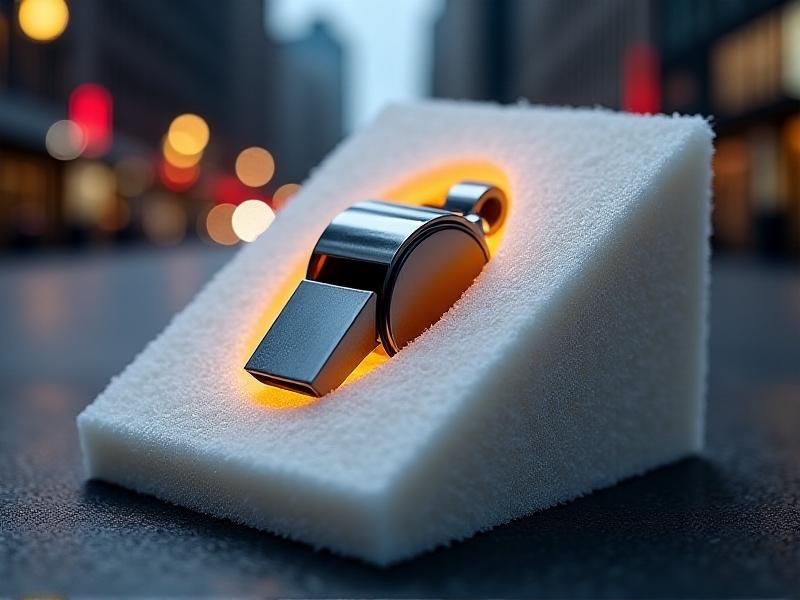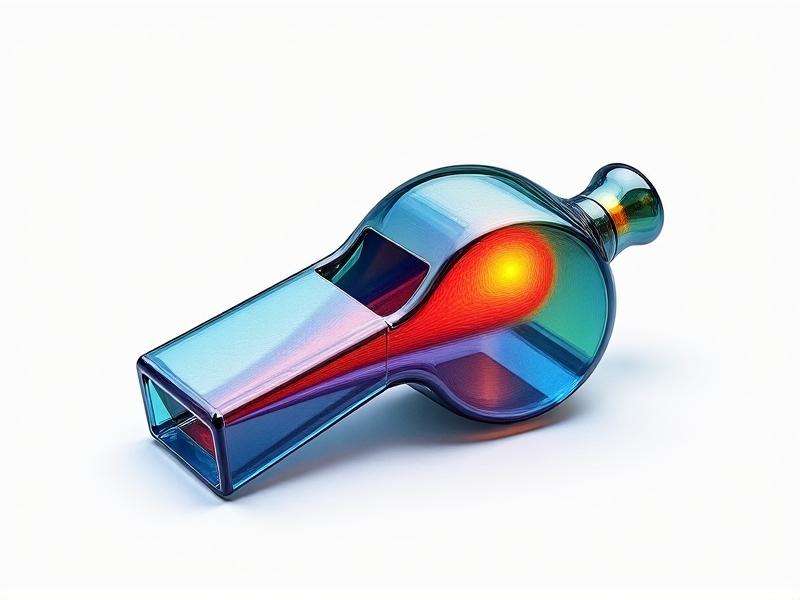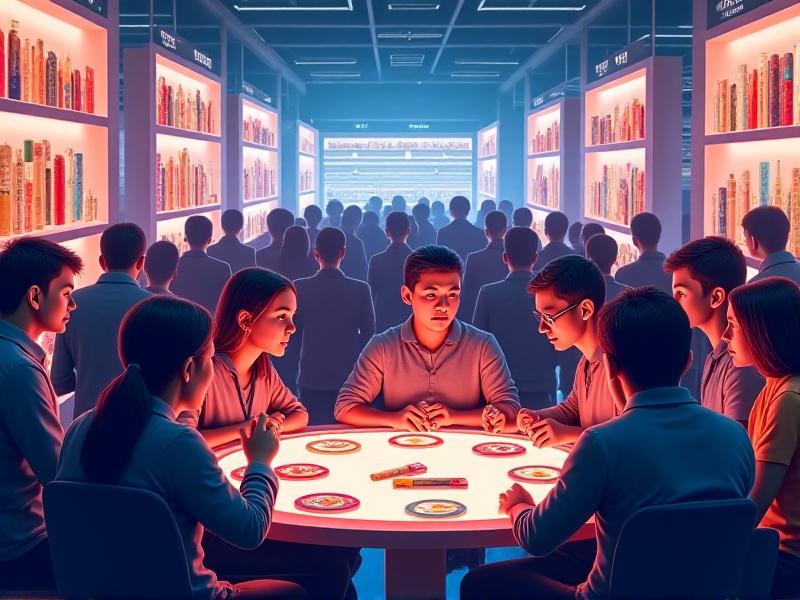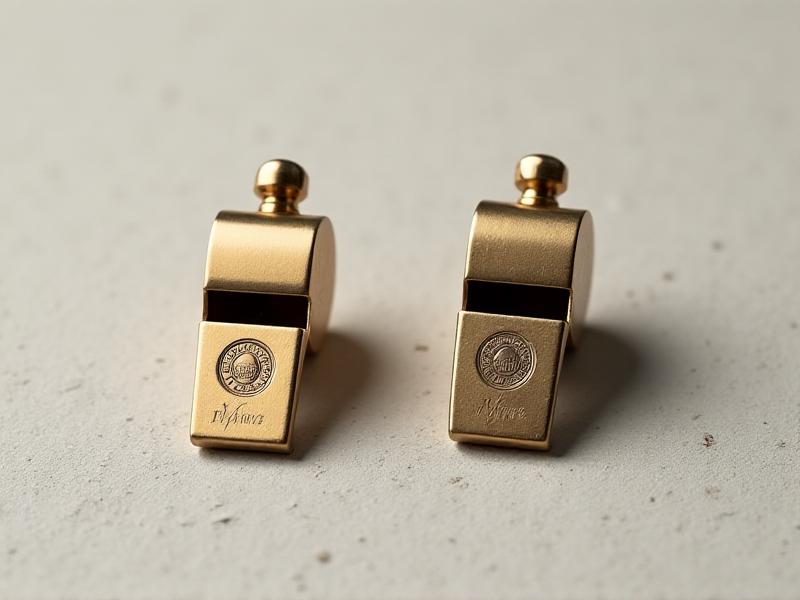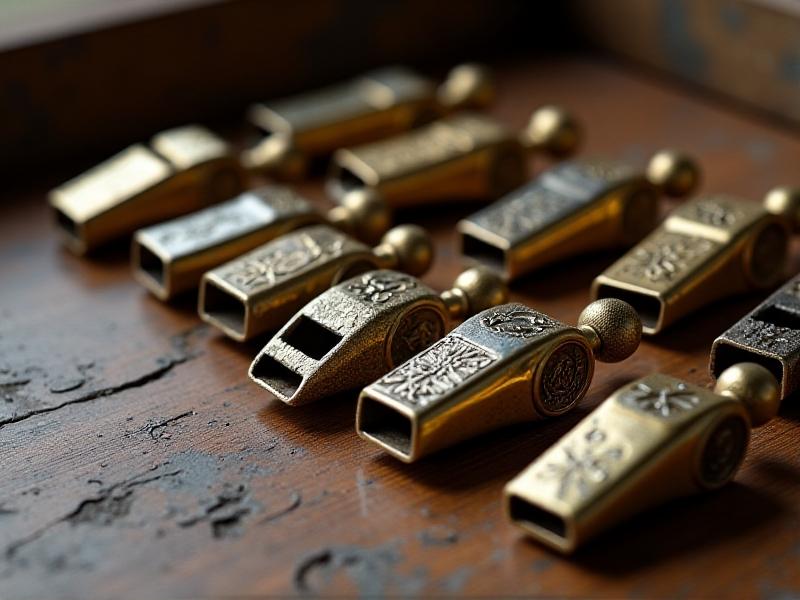Museum-Grade Conservation Methods for Vintage Train Whistles
The Art and Science of Preserving Vintage Train Whistles
Vintage train whistles are more than just artifacts; they are echoes of a bygone era, capturing the spirit of industrial progress and the romance of rail travel. Preserving these fragile items calls for a combination of art and science using museum-grade conservation techniques to guarantee their durability. This article delves into the meticulous processes involved in conserving vintage train whistles, from initial assessment to final display.
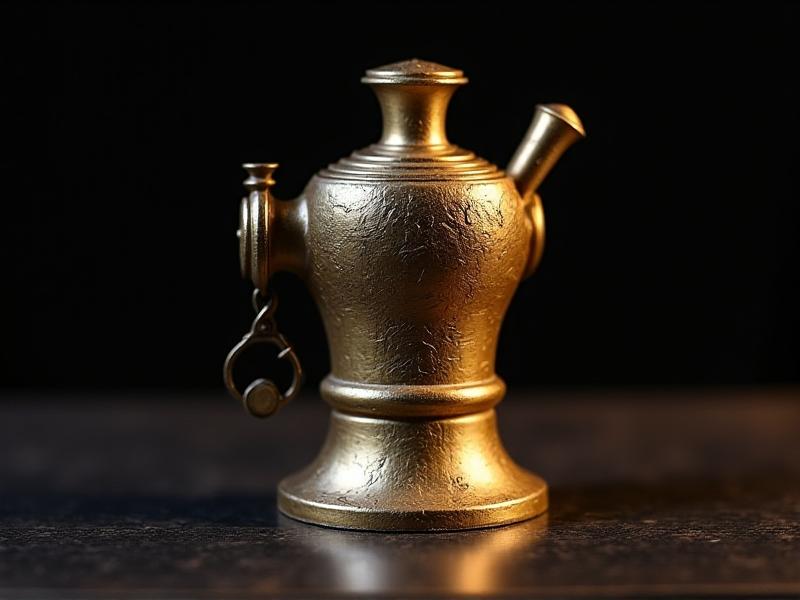
Understanding the Historical Significance of Train Whistles
Before embarking on conservation, it’s essential to understand the historical context of train whistles. These devices were not merely functional; they were symbols of communication, safety, and identity for railroads. Each whistle’s design, material, and sound were unique to its era and manufacturer. By studying their history, conservators can make informed decisions about how to preserve these artifacts without compromising their authenticity.
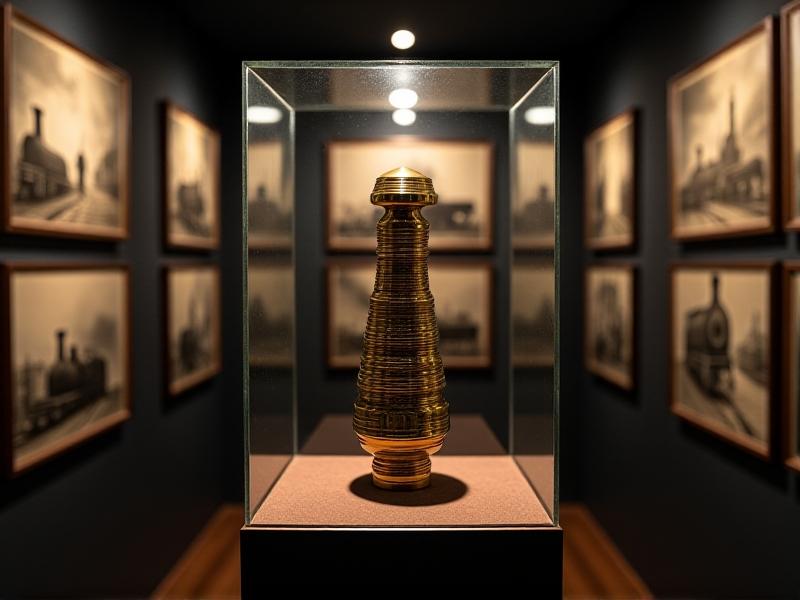
Initial Assessment and Documentation
The first step in conservation is a thorough assessment and documentation of the whistle’s condition. This involves examining its material composition, structural integrity, and any signs of damage or corrosion. High-resolution photography and detailed notes are essential for creating a baseline record. This documentation not only guides the conservation process but also serves as a valuable resource for future research and restoration efforts.
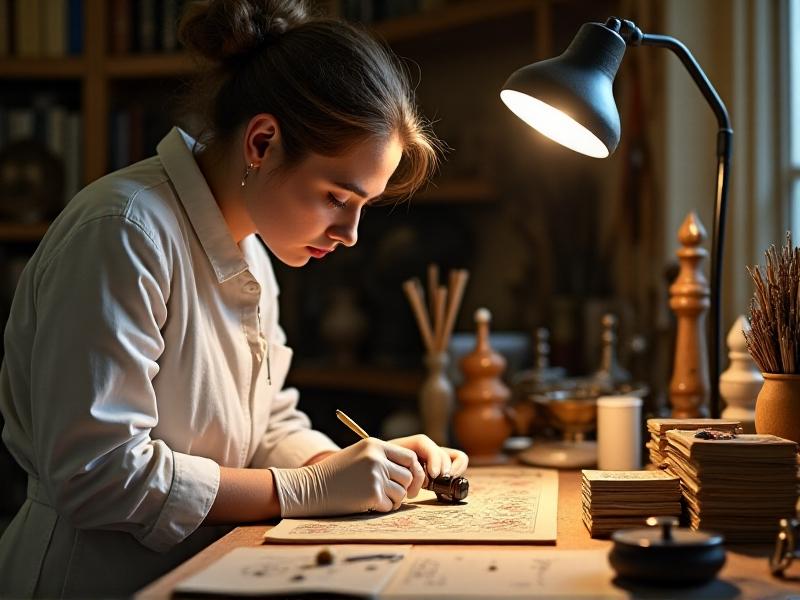
Cleaning and Stabilization Techniques
Cleaning a vintage train whistle requires a delicate touch. Conservators use specialized tools and non-invasive techniques to remove dirt, rust, and corrosion without damaging the original material. Stabilization may involve applying protective coatings or reinforcing fragile areas. The goal is to halt further deterioration while preserving the whistle’s original appearance and functionality.
Material-Specific Conservation Methods
Vintage train whistles were made from a variety of materials, including brass, steel, and wood. Each material requires a tailored approach to conservation. For example, brass whistles may need polishing and anti-tarnish treatments, while wooden components might require humidity control and insect prevention. Understanding the properties of each material is crucial for effective preservation.
Restoring Functionality Without Compromising Authenticity
One of the challenges in conserving vintage train whistles is deciding whether to restore their functionality. While some collectors and museums prefer to keep whistles in working order, others prioritize preserving their original state. Conservators must strike a balance, using reversible techniques to restore functionality without altering the whistle’s historical integrity.
Environmental Control and Display Considerations
Once conserved, vintage train whistles must be stored and displayed in environments that prevent further deterioration. This involves controlling temperature, humidity, and light exposure. Display cases should be designed to protect the whistles while allowing visitors to appreciate their craftsmanship. Proper labeling and interpretation can also enhance the visitor experience, providing context and historical background.
The Role of Technology in Conservation
Modern technology has revolutionized the field of conservation. Techniques such as 3D scanning, digital modeling, and non-destructive testing allow conservators to analyze and preserve vintage train whistles with unprecedented precision. These tools also enable the creation of digital archives, ensuring that the whistles’ legacy is preserved for future generations, even if the physical artifacts deteriorate over time.
Ethical Considerations in Conservation
Conservation is not just a technical process; it’s also an ethical one. Conservators must consider the cultural and historical significance of the whistles, as well as the intentions of the original creators. Decisions about restoration, display, and access should be made with respect for the artifact’s history and the communities it represents. Transparency and collaboration with stakeholders are key to ethical conservation practices.
Engaging the Public Through Conservation
Conservation is not just about preserving artifacts; it’s also about sharing their stories with the public. Museums and conservators can engage audiences through interactive exhibits, workshops, and digital content. By involving the public in the conservation process, they can foster a deeper appreciation for vintage train whistles and the history they represent.
The Future of Vintage Train Whistle Conservation
As technology and conservation methods continue to evolve, the future of preserving vintage train whistles looks promising. Advances in materials science, digital preservation, and public engagement will ensure that these artifacts remain a vital part of our cultural heritage. By combining traditional techniques with modern innovations, conservators can safeguard the legacy of vintage train whistles for generations to come.
